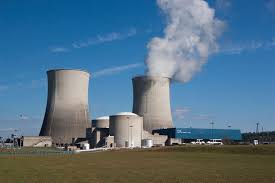Disaster by Design/Safety by Intent #52, last week’s commentary, described the timely and effective response by the Nuclear Regulatory Commission (NRC) to the unexpected discovery of cracked control rod drive mechanism (CRDM) nozzles at the Oconee nuclear plant in South Carolina. Soon after being surprised, the NRC determined who needed to do what when in order to properly resolve the safety problem. When the phased actions were taken, the results confirmed that the NRC’s triage was appropriate.
This commentary expands upon a theme implied in last week’s commentary—namely, that the NRC does a good job setting the nuclear safety bar at the Goldilocks height: not too low to expose workers and the public to undue risk, not too high to impose undue costs on plant owners, but just right.
Nuclear power safety was one of the first areas that UCS took on following our formation in May 1969. Over the ensuing four decades, UCS often advocated for nuclear safety fixes. The campaigns undertaken by Bob Pollard, my predecessor at UCS, during his tenure between 1976 and 1996 and those we undertook since my joining the organization in fall 1996 share a recurring theme—the overwhelming majority did not contend that the nuclear safety bar was set too low and needed to be raised. Instead, the overwhelming majority of our campaigns sought to bring one or more reactors back to the safe, and legal, side of the bar.

